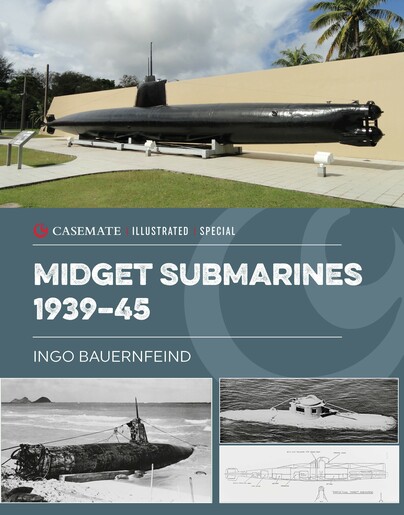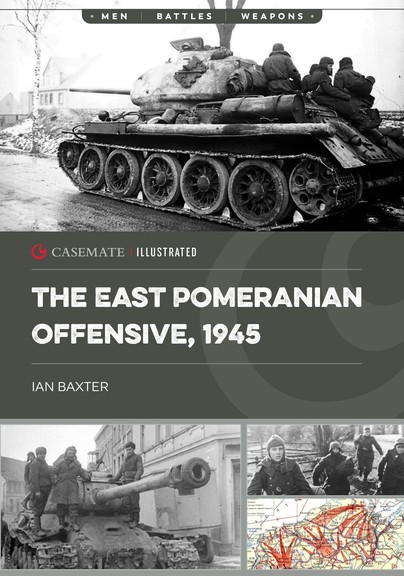
Format: Hardback
Pages: 192
ISBN: 9781636241449
Pub Date: 15 Apr 2025
Imprint: Casemate Publishers
Series: Casemate Illustrated Special
Illustrations: B/W and colour
Description:
During the first decade of the 20th century, France led the way in aircraft design and achievements. After the outbreak of World War I, France produced trailblazing designs early – the Morane Saulnier monoplanes, Nieuport fighters, and then the Spads – clearly leading the way in terms of trends in aviation. Although the Fokker Eindeckers were the first 'point and shoot' aircraft, the Nieuport 11, while lacking interrupter gear, was the first maneuverable and cleanly designed fighter that featured ailerons and responsive controls on all axes.
















